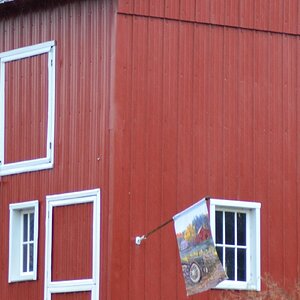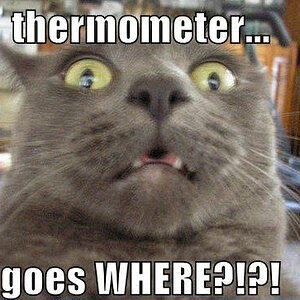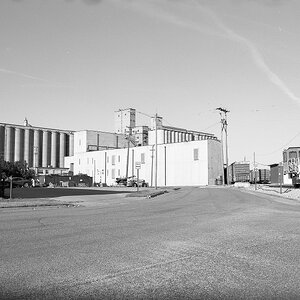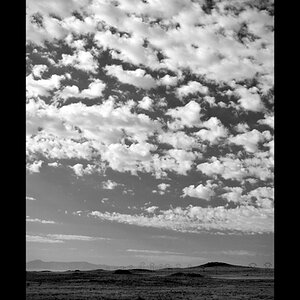Plato
TPF Noob!
- Joined
- Jul 11, 2009
- Messages
- 1,058
- Reaction score
- 1
- Location
- United States of America
- Website
- web.mac.com
- Can others edit my Photos
- Photos NOT OK to edit
Sure would. If using 35mm full frame lenses, the maximum square image would be approximately 30mm x 30mm.
Since FF is 36X24 why isn't vignetting a problem?
If you draw a circle such that the corners of a 36 x 24 rectangle just touch it and then draw a square by extending the vertical sides of the rectange to 36mm you will see that it would require a significantly larger circle to encompass it.
Edit: I'll leave this here in case anyone else doesn't see the problem instantly. (I had to think about it for a minute - I very nearly made the same post as Plato. )
I edited my post within a minute after writing it but, obviously, not quick enough. Yes, you are correct.





![[No title]](/data/xfmg/thumbnail/42/42273-78c0ae886bd5e6d47580353f398c92b9.jpg?1619740082)








![[No title]](/data/xfmg/thumbnail/42/42469-20c0ef5882a1e31d6172f182d8e90cf2.jpg?1619740193)